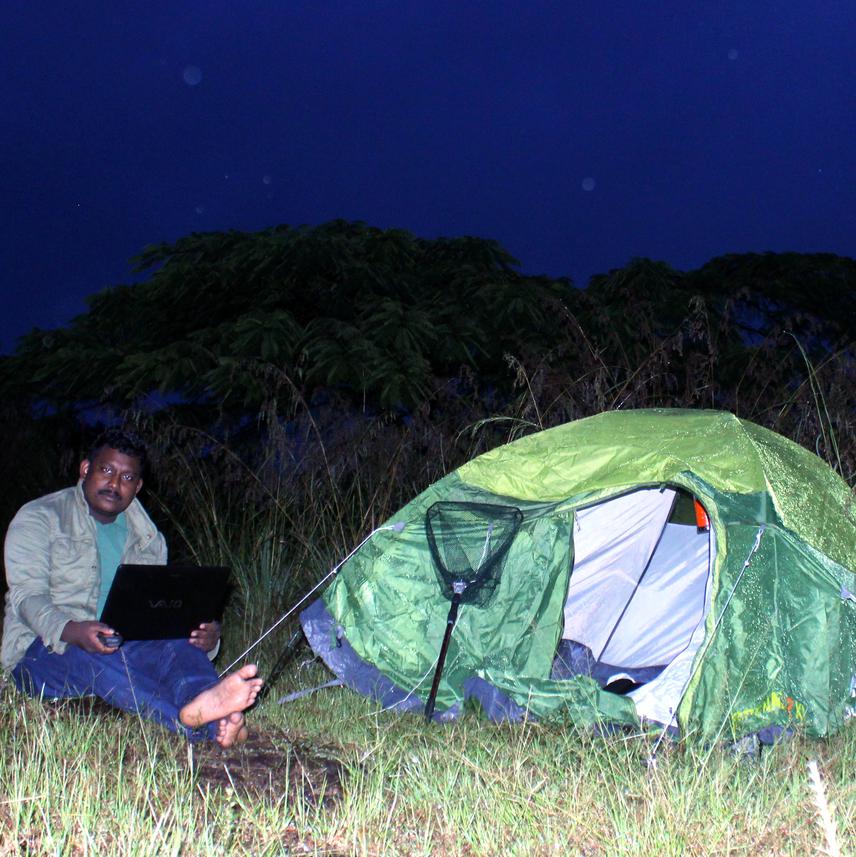Article featuring the project.
Tijo K Joy
Other projects
10 Jun 2015
Study on Bat Ecology, Diversity, Distribution and Conservation Status in the Idukki Landscape of Southern Western Ghats, India
Bat species play an important role towards smooth functioning of our ecosystem through pollination, seed dispersion and insect pest control. Although extensive literature exists on bats in different parts of India, scanty little attempt has made to study these groups. Several species of bats are currently under status review for listing under area are thought to be anthropogenic threats and land use-change from natural vegetation to any other use typically results in habitat loss, degradation, and fragmentation. Bat conservation is a long-term program. The present project focusing on the following objectives. a. Protect all roosts specifically focusing on Endemic and Endangered species. b. To assess habitat use of species and response of species to land-use change. c. Assess agro-forest ecosystem services of bats. d. To develop the distribution models through the study on variation of elevation in the assemblage of bat species. e. To raise public awareness of bat conservation.

The Idukki district has the highest forest cover in the state of Kerala. The estimated maximum forest cover in the study area is 3930 sq.km. The anthropogenic land use-change from natural vegetation to any other use typically results in habitat loss, degradation, and fragmentation, deforestation is the reason for loss of a natural habitat, with large numbers of trees being cut down for residential and commercial use in study area. The extent and type of land use directly affects wildlife habitat and thereby impacts local and global biodiversity. Monitoring bats is a high priority given the important role they play in ecosystems and their potential sensitivity to both land-use and global climate change (Jones et al. 2009).
The present project is a continuous study specifically focusing on endemic and endangered bat species and other bat species conservation, local land‐use intensity and landscape features affect the predator– prey interaction of bats and insects. The effect of local land use as a proxy for site accessibility on bats and insects and their biological interaction measured in bat's feeding activity. Acoustic monitoring is a well-established method for monitoring bat activity patterns and changes in habitat use and activity of bats across habitats (Hayes 1997:2000: Broders 2003: Gehrt and Chelsvig 2003: 2004: Gorresen et al. 2008: Hayes et al. 2009: Parsons and Szewczak 2009) and other bat species conservation, species identification and the importance of conserving bats roosts and caves. In addition to this, we will conduct awareness programmes.